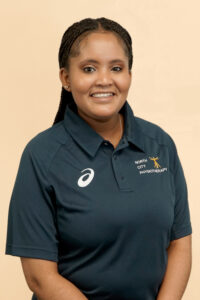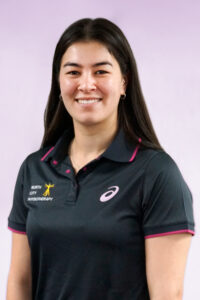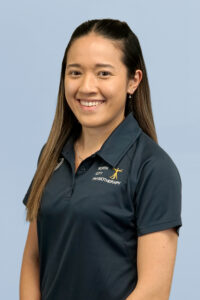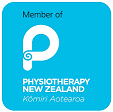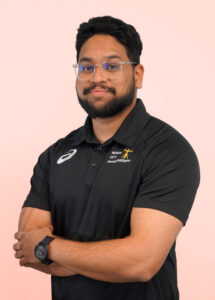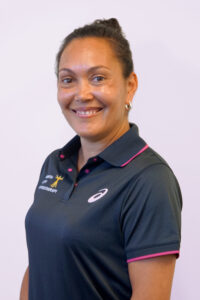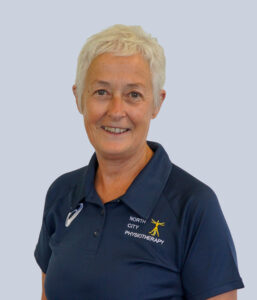
Welcome back to the second part of my body weight circuit exercise newsletters. Here I will be introducing a lower body exercise that requires minimal space, equipment and time to perform. It is one of my favourite exercises to prescribe as it is challenging but more importantly complements function and especially walking pattern and capacity. The exercise is …… the lunge.
Lunges are a good exercise for strengthening, sculpting and building several muscles/muscle groups, including the quadriceps (or thighs), the gluteals (or buttocks) as well as the hamstrings. The quadriceps are an extensor (straightener) of the knees. Gluteals extend and rotate the hips and, the hamstrings flex (bend) the knees. What is important to note is that the lunge when done correctly does not isolate these muscle groups but encourages them to work together in a sequence that mimics walking, running and lower limb movement. And hence why they are a staple and a favourite of any exercise programme that I use.
The question now is how are they done? Well the key to a good lunge is the set up, get your positioning right and then the mechanics of the exercise become much easier. The following bullet points hopefully will enable those of you keen to try it to get in the right position.
Stand with one foot forward of the other in a lengthened stride position. If performing this exercise in a mirror you should be able to see both feet and they should be in a near straight position.
Lower yourself towards the floor using the back knee as the lead mover. Remember the exercise is an up/down exercise and not a forwards/backwards exercise (despite the name suggesting otherwise).
A good test for a lunge is when in a lowered position the front knee has barely moved past the ankle and your body weight should be on the front heel and not the toes.
Now for those of you who don’t know me I am a big fan of variation and this is another reason as to why the lunge is a great exercise – there are multiple variations to it. The below are a rough sequence of lunge progressions that I follow with my clients and patients.
Forward lunges
255fbaaf 267b 4635 becc db97f92537bd
Walking lunges
90af5fbb 5628 47bf 9d90 5c9e74c228af
Unstable lunges
bec760b5 e564 4c02 8a5b 462cd20dc090
Multi-directional lunges
6684bae0 f9f2 4bf1 ab00 3ca7f056dfac
Good luck and watch out for the third installment of the body weight circuit!
chris
Chris is a senior physiotherapist providing treatment from the Titahi Bay Medical Centre and Waitangirua Health Centre clinics. Do you want to see Chris? We have an online booking option or call our friendly staff on 0800 NCPHYSIO (0800 627497) about how Chris can best help you.

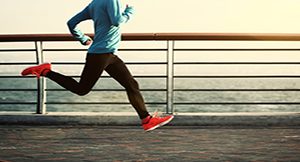

 Bridget Stewart is a physiotherapist working out of our Johnsonvile clinic.
Bridget Stewart is a physiotherapist working out of our Johnsonvile clinic.
